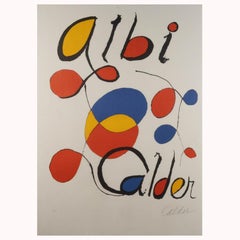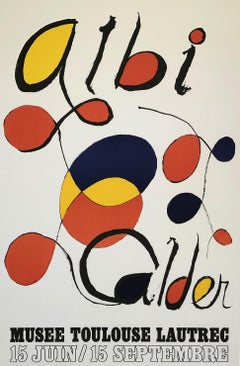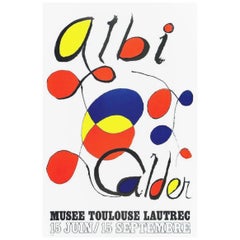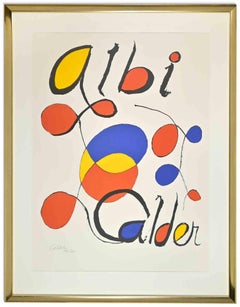Albi Calder
1960s Abstract Abstract Prints
Lithograph
1970s Abstract Abstract Prints
Offset
Recent Sales
Late 20th Century Posters
Paper
1970s Contemporary More Prints
Lithograph
Late 20th Century Modern Abstract Prints
Lithograph
1960s Abstract Abstract Prints
Lithograph
1970s Abstract Abstract Prints
Offset
1970s Abstract Abstract Prints
Offset
1970s Abstract Abstract Prints
Offset
1970s Abstract Abstract Prints
Offset
1970s Abstract Abstract Prints
Offset
Late 20th Century North American Mid-Century Modern Posters
Paper
People Also Browsed
20th Century Abstract Abstract Prints
Paper, Lithograph
1970s American Modern Abstract Prints
Lithograph, Offset
1970s Modern Abstract Prints
Lithograph
1960s Abstract Prints
Lithograph
1970s Prints and Multiples
Lithograph
1970s Prints and Multiples
Lithograph
1970s Modern Abstract Prints
Lithograph
1970s Prints and Multiples
Lithograph
1960s Modern Animal Prints
Lithograph
1970s Abstract Prints
Lithograph
1970s Modern Abstract Prints
Lithograph
1960s Abstract Abstract Prints
Lithograph
20th Century Pop Art Abstract Prints
Paper, Lithograph
Alexander Calder for sale on 1stDibs
The American sculptor Alexander Calder is known as the father of the mobile, a moving artwork composed of delicately balanced sculptural forms suspended from the ceiling.
Because Calder's parents, both artists themselves, did not want him to suffer the hardships of trying to make a living in art, they encouraged the young Calder to study mechanical engineering at the Stevens Institute of Technology, in Hoboken, New Jersey. He worked a number of jobs, including as a hydraulic engineer and draftsman for the New York Edison Company, before deciding to pursue an artistic career. He never abandoned his engineering background, however, applying his understanding of gears and moving parts in all his artworks, from mechanical toys like the Cirque Calder (1931) and his revered prints to his free-standing abstract sculptures, called stabiles.
In 1926, Calder moved to Paris and established a studio in the Montparnasse quarter. He began creating the many parts of his famous miniature circus from found materials, such as wire, string, cloth, rubber and cork. Designed to be transportable, Cirque grew to fill five suitcases over the years. Always interested in putting forms in motion, Calder also pioneered a new art form called wire sculptures, which he described as “drawings in space.” Like his famous mobiles, the wire sculptures were suspended so that they turned with any movement of the air, presenting different forms when viewed from different angles.
In the 1950s, Calder returned to his roots in mechanical engineering, creating monumental abstract sculptures that verged on the architectural. He worked from loose gestural drawings like this preparatory sketch for his Man Stabile, from 1966. Throughout his career, he also worked as a set designer for the theater, as well as an illustrator and printmaker, producing vibrant, whimsical drawings for books and journals.
Find original Alexander Calder art today on 1stDibs.



